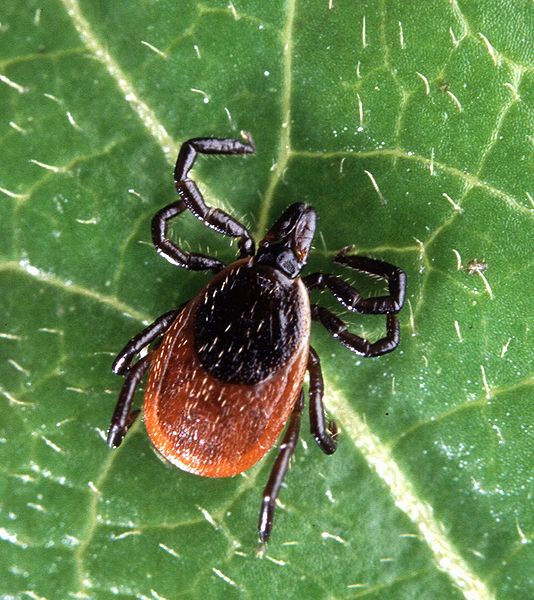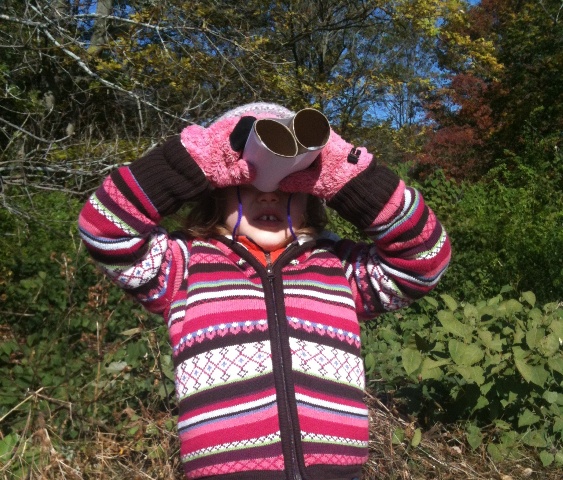 Now that summer is over you can stop worrying about ticks, right? Think again.
Now that summer is over you can stop worrying about ticks, right? Think again.
While summer in New England is a prime time to spot deer ticks (the chief culprits of Lyme disease—a potentially serious bacterial infection), many don’t realize that they can still pose a serious threat in the fall. This is especially true for those who love a good old-fashioned roll in a leaf pile.
Keep these pesky (and dangerous) little critters from ruining your autumn adventures by following these tips:
- Know Where They Hide Contrary to popular belief, ticks do not jump or fall from trees; in fact, they’re blind and find their hosts by crawling to the top of low-lying vegetation, such as grass and shrubs, where they wait for passersby to latch onto. And, since tick bites are usually painless, most people don’t even know when they’ve been bitten.
- Keep a Tidy Yard At home, keep your lawn mowed short and your yard clear of leaves and other brushy debris. If your property abuts a wooded area, adding a three-foot-wide wood chip or gravel border around the edge of your yard can help prevent tick migration.
- Watch Where You Walk Stick to wider trails and avoid overgrown pathways in their preferred habitat: wooded or bushy areas where the ground is covered in high grass or leaf litter.
- Dress Right Don light-colored socks, pants, and a long-sleeved shirt and tuck in everything (pants into socks, shirt into pants). While this look isn’t likely to win a fashion awards, it will allow you to spot ticks, which can be as small as a poppy seed.
- Bring On the Bug Juice To help repel ticks and other creepy crawlers, like chiggers, use a DEET-based product on areas of exposed skin. (Just remember to follow the label instructions when applying insect repellent!)
- Perform “Tick Checks” Upon heading indoors, perform a full-body “tick check,” taking special care to inspect the areas between your toes and the backs of your knees, as well as your groin, armpits, neck, hairline, and ears. Remember to check your children, pets, and gear, too!
Been Bitten?
If you discover an embedded tick, use fine-tipped tweezers to grasp the tick as close to your skin’s surface as possible and pull straight out with steady, even pressure. If you wish to have it tested for Lyme, immediately place the tick in a sealable plastic bag. Cleanse the bite area with rubbing alcohol and wash your hands with soap and water. Make a note of the date as well as the location on your body where the tick was discovered and call your doctor to determine next steps.
For more information on ticks, the diseases they carry, and how to avoid them, visit our website or the Center for Disease Control’s tick website. For information on Lyme disease, visit the CDC’s Lyme website or check out the special “Living with Lime” series produced by WBUR.
Photo via United States Department of Agriculture/Wikimedia Commons


